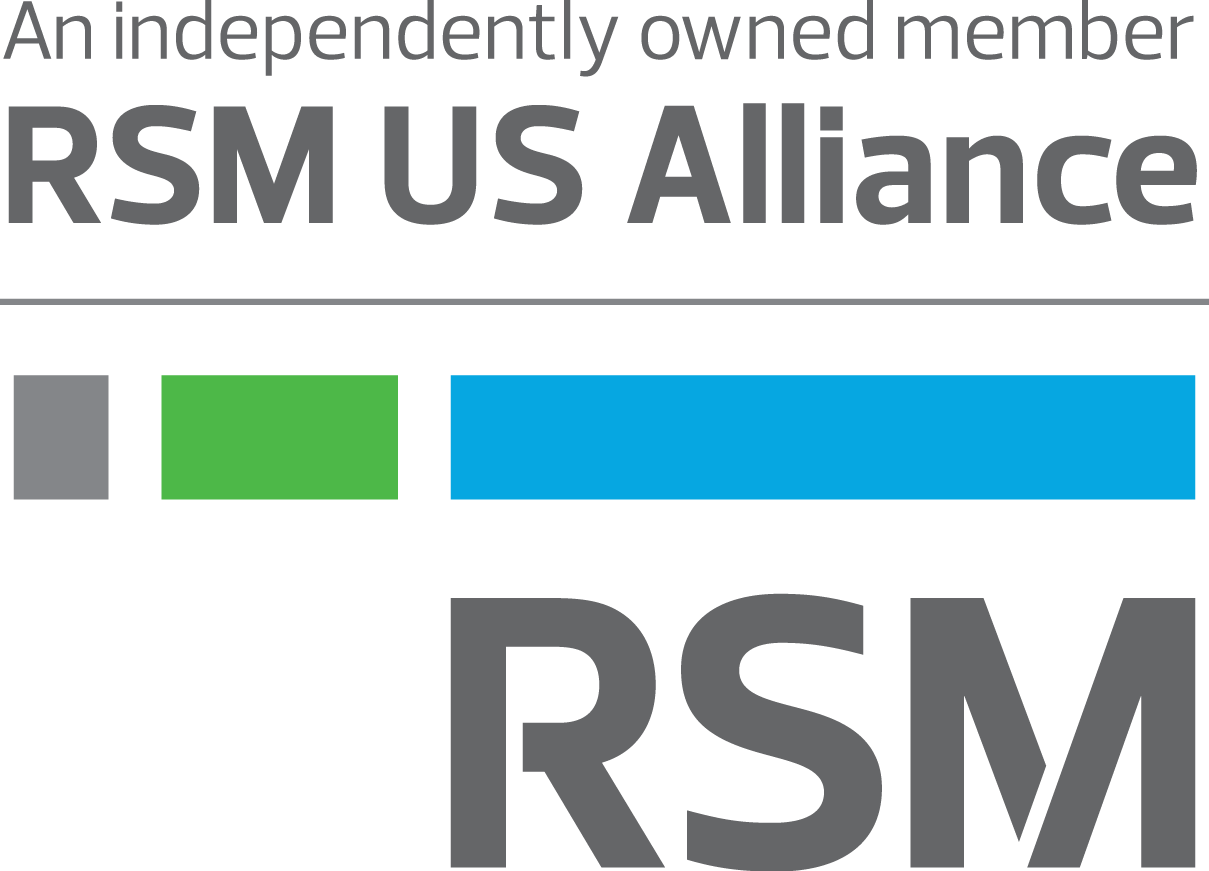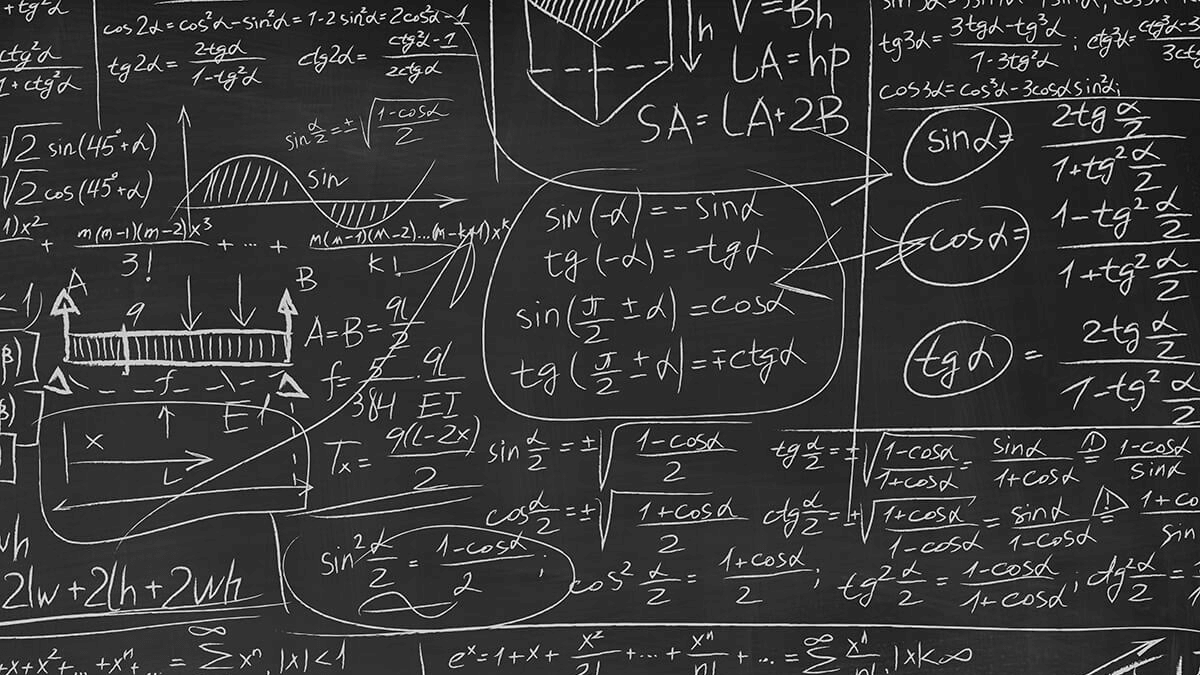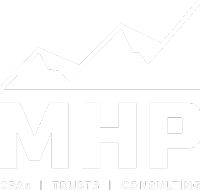Authored by RSM LLP
The restarting of student loan repayments will not cause a large drag on overall spending or economic growth in the final quarter of the year.
We estimate that the resumption of student loan payments will result in only a 0.3 percentage point drag on GDP.
Despite the hype and scare tactics around a well-telegraphed restart date, we estimate that it will result in only a 0.3 percentage point drag on gross domestic product in the United States.
Recent data published by the Treasury Department shows a large increase in cash deposits to the Education Department, which almost surely indicates that the resumption of the roughly $85 billion (annualized) of student loan payments has already begun during a period where both spending and the American economy outperformed.
Moreover, we think that the combination of the repayments already in process and the ability of many borrowers to delay the restart of repayments, as well as the ability of others to qualify for income-based repayment plans, create the conditions for a more modest drag than our forecast implies.
A look at the condition of the consumer who is benefiting from a historically tight labor market and income growth above inflation indicates that the start of student loan repayments will not hurt growth or spending.
Pullback in discretionary spending: First, discretionary spending categories that would have seen a notable pullback from consumers most affected by student loan repayments (like apparel, recreational goods and home furnishings) have already been experiencing a pullback by consumers for some time.
The monthly allocation to these categories during the pandemic far exceed pre-pandemic historical levels, and the continued pullback on these categories is likely driven by spending fatigue from previous years rather than the impact from student loan debt.
Healthy consumer finances overall: Second, household earnings growth and debt service ratios for consumer credit do not point to pressure on consumer finances. In fact, debt service ratios continue to stay below pre-pandemic levels and are well below the highs from the financial crisis.
While there are some income levels—like households in the lower two income quintiles—that will experience pressure from the resumption of student loan payments, those consumers have already largely pulled back on discretionary spending. The impact on overall retail sales among those consumers is unlikely to make a significant dent in spending figures.
In contrast, upper-income consumers continue to spend, and earnings calls from luxury retailers point to strength through the rest of the year and continued growth expectations.
With solid income growth and a tailwind from rising home and equity prices, these consumers are unlikely to be affected by the resumption of student loan payments.
In our estimation, individuals and households appear ready and able to make their student loan payments and we do not expect a significant drag on overall consumption and growth.
Student debt is not going to bankrupt the nation
Student debt sponsored by the government can be thought of either as a burden on taxpayers or as an investment in the future of the economy.
Beginning in 2010, the federal government became the overwhelming source for funding and the administrator of student loans, replacing its traditional role as guarantor of loans that originated in the private sector.
The government takeover of student lending was thought to be a more efficient and equitable system of loan origination and repayment, cutting out the middleman function of private banks.
There is the debate over the cost to the taxpayer, and on a philosophical level, the nationalization of a profit-making (though government-guaranteed) enterprise. Detractors of the government takeover point to the relentless increase in student debt over the past 15 years and point to government involvement as facilitating its growth. We question that logic.
As we’ll discuss, the amount of student debt amounts to a fraction of gross domestic product. The cost of college appears to have plateaued after large increases in the 1990s and 2000s before the government takeover.
But most important, nearly half of student debt is owed by 10% of borrowers for their graduate work. These are the professionals who will be in position to repay the loans, either through their potential income or through public service.
Don’t blame the freshmen!
Digging down into individual loans suggests misguided concerns over who is taking out the loans and what they are financing.
Default rates are highest among borrowers with low balances.
March 2022 data from the College Board shows that the bulk of the outstanding student loans is held by a small percentage of borrowers. In fact, the majority (54%) of borrowers are in debt for less than $20,000, accounting for only 12% of the total student debt.
Instead, nearly half of all outstanding federal student loan debt is being held by only 10% of borrowers who are holding debt of $80,000 or more. This 10% includes 3% of borrowers holding debt of $80,000 to $100,000; 5% with debt of $100,000 to $200,000; and 2% holding $200,000 or more in Federal loans.
These are not students fresh out of high school. These are the extended students who become the young medical professionals, young scientists or other graduate students, and they will play important roles in the economy.
As for getting those huge sums of money back, the College Board reports that default rates are highest among borrowers with low balances. Two-thirds of those who defaulted owed $10,000 or less.
How much federal aid are we talking about?
As of the second quarter, there was $1.8 trillion in student debt, of which about 92% is in federal loans. That $1.8 trillion is within an economy that generates $27 trillion in nominal gross domestic product each year.
After peaking at 7.5% of nominal GDP in 2019, before the pandemic, student debt has dropped to 6.6% of total domestic output. Some of that decline can be attributed to the surge in GDP since the pandemic, but also to the recent decline in college enrollment and to decreased tuition costs.
How did we get to this point?
The increase in student debt is attributable to the increase in college costs, most of which occurred before the government takeover of student loans.
According to the College Board, the average price of a private four-year college grew by 35% during the 10 y2 and then by 26% from 2002 to 2012. The average price at a public four-year college grew by 37% in the 1990s and then by a whopping 69% during the 2000s.
But since the 2012 takeover, the average price at private colleges has increased by only 5% while the average price of attending a public college has dropped by 1% after adjusting for inflation.
A drop in demand and increase in grants
The deceleration of college costs coincides with a drop in enrollment, which in our opinion signifies a decreased demand for higher education in recent years and perhaps the saturation of the education market.
We point to two potential factors. First, the wave of demand for educating the children of baby boomers has aged out. And second, the paucity of real wage increases over the past decade has resulted in diminished returns on an investment in education compared to its elevated cost.
College enrollments peaked in the 2010 and 2011 school years. Again, this was before the government takeover of student loans. In the 10 years since (and excluding the 2020 pandemic-related drop in enrollment), full-time undergraduate enrollments declined by 14%. Part-time enrollments of undergrads dropped by 9%.
During the same period, enrollments in graduate programs increased by 7%.
As for the demand for federal loans, data from the College Board shows that the share of student aid supplied by federal loans peaked at 45% of total aid in the 2008-09 academic year, before the takeover, and has dropped steadily since to only 25% of total aid by 2021-22.
In and of itself, the drop in student loans weakens the argument that government-sponsored loans have been instrumental in the increased costs of a college education.
But nothing happens in a vacuum. The drop in federal aid has coincided with an increase in institutional grants. For instance, graduate students can qualify for grants from the National Science Foundation, a government organization, as well as direct grants from the university and can receive teaching fees.
Setting public policy
The merits of the takeover of student loans or any other function by the federal government should continue to be debated. Whether the defaults or forbearance of the repayments of the $1.8 trillion in student loans adds a significant amount to the $26 trillion in national debt is worthy of discussion.
Still, it is hard to identify the damage that government funding of student loans inflicts on the public. No one is required to borrow from the federal government. Self-funding or the availability of personal loans in the private sector has not been infringed on. And we all benefit from an educated labor force.
As we’ve shown, the bulk of student loans is held by the 10% of students whose extended education is expensive and it far exceeds the cash holdings of most American households.
If federally sponsored student loans were to be eliminated or restricted, we need to know who will fund the education of the next teacher or scientist or medical professional who doesn’t have access to family funds.
Finally, the drop in college enrollments hinders the future income streams of households and the potential growth of the economy.
There is the argument that a democracy relies on an educated public square. As to our economy and its ability to support free enterprise, our society saw fit to offer free public primary- and secondary-school education. That may have been enough in pre-industrial era, when doctors served apprenticeships and before we thought of going to the moon.
In today’s labor market, workers with college degrees earn higher wages than high school graduates. Facilitating higher education in this century is, at the least, in most everybody’s best interest.
The takeaway
Student loans amount to 6.6% of total GDP. That is not an insignificant cost but one that can be easily afforded by our economy and one that will be paid back over time in multiple ways.
Most of the debt is held by a small percentage of the population in preparation for medical, scientific and educational endeavors. Most students are carrying debt of less than $20,000, which will result in employment in higher-wage occupations.
The benefits to society are an informed population, a well-paid and accomplished workforce able to compete on the world stage, and an increase in GDP growth.
Let’s Talk!
Call us at (307) 634-2151 or fill out the form below and we’ll contact you to discuss your specific situation.
This article was written by Joseph Brusuelas and originally appeared on 2023-09-25.
2022 RSM US LLP. All rights reserved.
https://realeconomy.rsmus.com/dont-believe-the-hype-student-loan-payments-present-modest-drag-on-growth/
RSM US Alliance provides its members with access to resources of RSM US LLP. RSM US Alliance member firms are separate and independent businesses and legal entities that are responsible for their own acts and omissions, and each are separate and independent from RSM US LLP. RSM US LLP is the U.S. member firm of RSM International, a global network of independent audit, tax, and consulting firms. Members of RSM US Alliance have access to RSM International resources through RSM US LLP but are not member firms of RSM International. Visit rsmus.com/aboutus for more information regarding RSM US LLP and RSM International. The RSM(tm) brandmark is used under license by RSM US LLP. RSM US Alliance products and services are proprietary to RSM US LLP.

MHP, LLP is a proud member of RSM US Alliance, a premier affiliation of independent accounting and consulting firms in the United States. RSM US Alliance provides our firm with access to resources of RSM US LLP, the leading provider of audit, tax and consulting services focused on the middle market. RSM US LLP is a licensed CPA firm and the U.S. member of RSM International, a global network of independent audit, tax and consulting firms with more than 43,000 people in over 120 countries.
Our membership in RSM US Alliance has elevated our capabilities in the marketplace, helping to differentiate our firm from the competition while allowing us to maintain our independence and entrepreneurial culture. We have access to a valuable peer network of like-sized firms as well as a broad range of tools, expertise, and technical resources.
For more information on how the MHP, LLP can assist you, please contact us.















